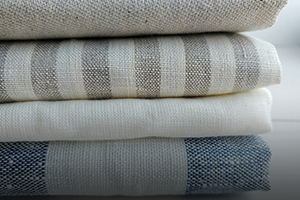Rechargeable Antimicrobial Fabric

In recent years, several types of antimicrobial fabric have been introduced to fight off lethal outbreaks of pathogens like Ebola and E. coli. What all of them have in common is the use of biocides, which, while effective at killing viruses and bacteria, get depleted over time, making them less and less effective. Now researchers have discovered a biocide that can be “recharged” simply using sunlight.
The new material is derived from chlorogenic acid, a plant extract that has been studied for possible anti-inflammatory properties and is sometimes taken as a dietary supplement to reduce blood pressure. When grafted to benzophenone (an additive commonly found in sunscreen and soaps) and added to melted polymers, the chemicals could be spun into threads, creating a fabric-like membrane. Exposure to sunlight caused the compounds to produce hydroxyl radicals and superoxides — both of which are effective at killing pathogens.
In laboratory tests on E. coli and Listeria innocua, the material destroyed the microbes in about 30 minutes.
For information: Yang Si, University of California at Davis, Textiles and Clothing, 9 Hilgard Lane, Davis, CA 95616; email: ysi@ucdavis.edu; website: https://www.ucdavis.edu/